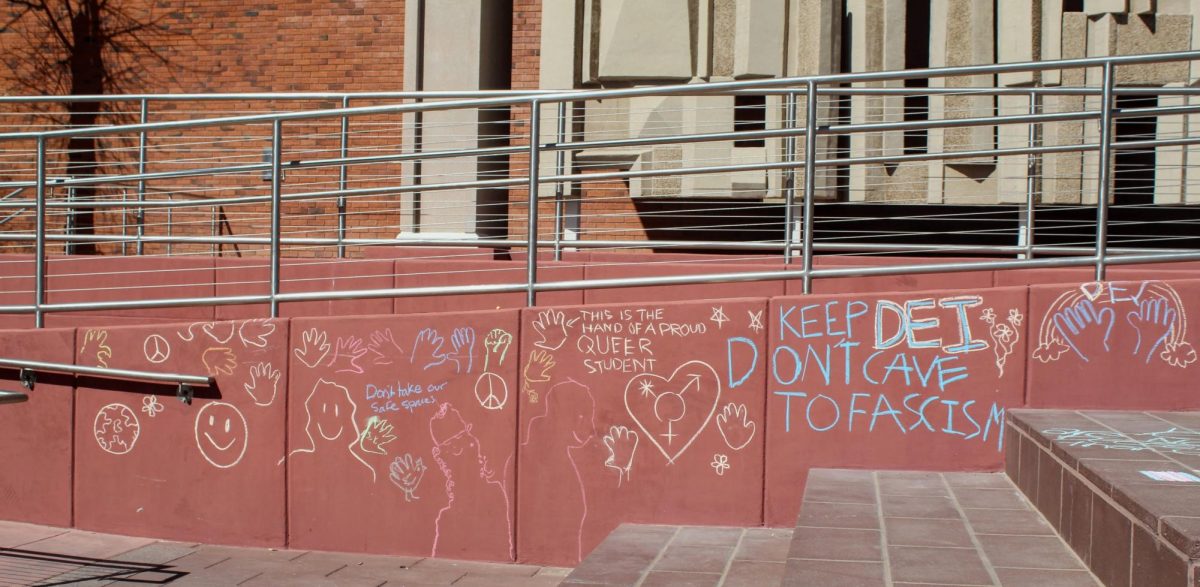The UA community will have to wait till the start of the fall semester to see how $100 million in budget cuts to education will affect the university’s operations and structure.
On June 4, the Arizona Board of Regents approved and finalized budgets for the three state universities for the upcoming year. While talks have been ongoing throughout the year, this meeting was the final solidifying effort to set the budget so universities can make plans moving forward. The backdrop and events surrounding this year’s budget were quite different even though finalizing fiscal year’s budgets are routine for the ABOR.
On March 7, the Arizona state legislature — with Governor Ducey’s support — passed a slim state budget that cut nearly $100 million from state universities.
“Cuts to university budgets represent 63 percent of all hard cuts made in the name of balancing the state budget,” said ABOR President Eileen I. Klein a week after the changes were made.
One of the main talking points at the ABOR meeting was tuition and how much it would need to increase in order to negate the effects of state spending cuts. For the upcoming school year, UA in-state freshman will pay $11,403 in tuition, which is a 4.1 percent increase from the previous year. The tuition rate in 2005-2006 was $4,487, meaning that over a ten year period, tuition has increased by an astonishing 154 percent at the UA.
“It’s a lot harder to put kids through college now,” said pre-physiology freshman Alex Benavides. “Kids are going to be even more stressed out with student loans, and it’s definitely going to affect everyday life when you have less money to spend on food, entertainment, etc.”
Meanwhile, for freshmen coming to the UA from out of state, tuition rose by 10.9 percent to $32,630. Fortunately, the UA’s guaranteed tuition plan locks in students’ tuition price for four years. This means that incoming freshman can stay at that same $11,403 tuition for their four years at the UA.
While this tuition lock will help save pre-existing students money, there are still major concerns among students. Pre-business freshman Caitlin Brown said, “As tuition continues to rise, it will just deepen the gap between those who can afford higher education and those who can’t, making it even harder for low-income students to afford a college degree.”
Nutritional sciences freshman Tassneem Solieman agrees. “Tuition increases mean students will graduate with even more debt, and in the end this debt screws over students in the long run,” Solieman said. “If tuition is increased in order to maintain the state of the school, it could have a positive effect on student’s education at the UA,” she noted.
Pre-education freshman Morgan Rice believes that “[the tuition rising] is incredibly unfair, especially those students who are trying to put themselves through school on their own.”
Even with the increase in tuition, the UA leadership had to come up with other ways to save money and make cut-backs. The total number of cuts the university made is equal to right around $25 million, and staff layoffs are a real possibility.
“$25 million is an excessive amount of cuts for such a renowned university,” said pre-med freshman Kyle Bhatt. “I definitely don’t agree they should cut that much money from an educational institution within a single year.”
Recently, UA Provost and Senior Vice President for Academic Affairs Andrew Comrie and UA Chief Financial Officer Gregg Goldman did a Q&A with the UA Office of Communications regarding the impact the $25 million in cuts will have on employees.
“With cuts of this magnitude, it is inevitable that staffing will be impacted,” said Comrie and Goldman. Even though staffing will be affected in a negative way, Comrie and Goldman added they will, “strive to minimize the impact as much as possible,” and that “many of the affected employees will have skills that may transfer to job openings in the areas that receive allocations.”
Although leadership at the UA hopes to minimize the impact of staffing cuts, students and staff have bleaker perspectives.
“I get frustrated when I hear we can’t afford to pay professors and TA’s,” said religious studies sophomore Zy Mazza. “We pay sports coaches millions of dollars each year, but when times are tough, the UA needs to prioritize education because we’re ostensibly a learning institution.”
The full list of the employees and programs who have been cut will be released in August.








